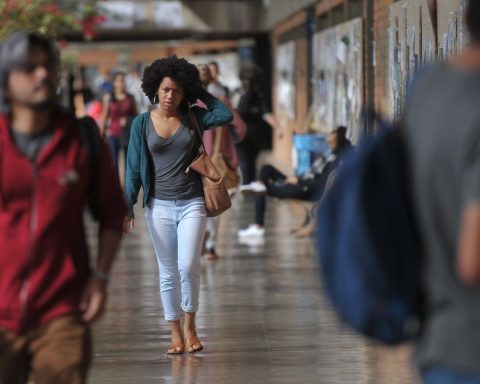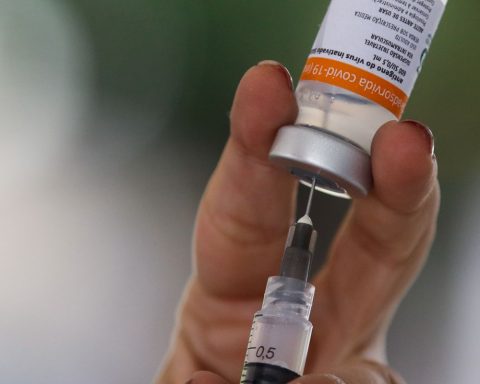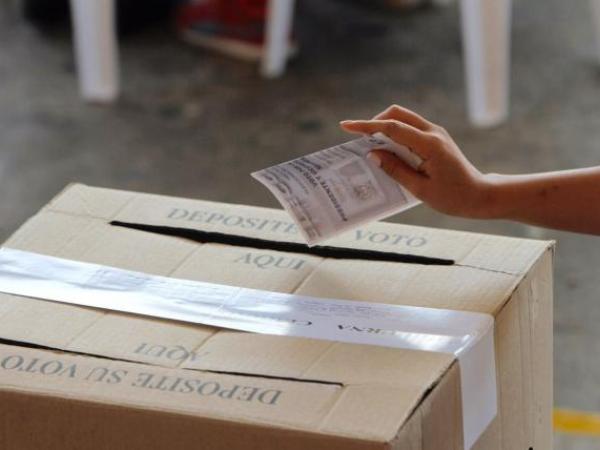Distance learning courses (EAD) in Brazil received more enrollments than on-site courses, both in the public and private networks, in 2020. The data are part of the Census of Higher Education 2020, released this Friday (18) by the National Institute of Educational Studies and Research Anísio Teixeira (Inep) and the Ministry of Education (MEC). 
This is the first time that the country registers a higher number of students in distance learning courses in relation to the face-to-face modality. According to Inep, this phenomenon had been observed in 2019, only in the private network. Of the more than 3.7 million students enrolled in 2020 (public and private institutions), more than 2 million (53.4%) opted for distance learning courses and 1.7 million (46.6%) for on-site courses.
In the last 10 years, the number of enrollments in on-site courses decreased by 13.9%, while in distance learning courses it increased by 428.2%. In 2010, the percentage participation of new students in online higher education courses in 2010 was 17.4%; currently, it reaches 53.4% of students.
For the president director of the Brazilian Association of Supporters of Higher Education (ABMES), Celso Niskier, the result shows the strength of distance education, the sector’s investment in technology and the better acceptance of this modality by society. “With that, we gain more flexibility and more reach for higher education,” he said.
Scenario
In 2020, more than 8.6 million enrollments were registered by the Higher Education Census, of which 1.2 million are graduates. In addition, 3.7 million students entered an undergraduate course that year. The survey also found that 323,376 teachers worked at the educational level in 2020.
The research pointed out that there are 2,457 higher education institutions in Brazil, on the reference date of the census. Of these, 2,153 (87.6%) are private and 304 (12.4%) are public. Private institutions registered 3.2 million new entrants, which corresponds to 86% of the total. In the period between 2010 and 2020, the private network grew by 89.8% – a rate well above the 10.7% of the public network.
The offer of vacancies in distance learning in 2020 was also higher, representing an increase of 30% (13.5 million) compared to 2019, while on-site courses in all higher education advanced 1.3%. In all, 19.6 million places were offered, 18.7 million (95.6%) in private institutions.

















